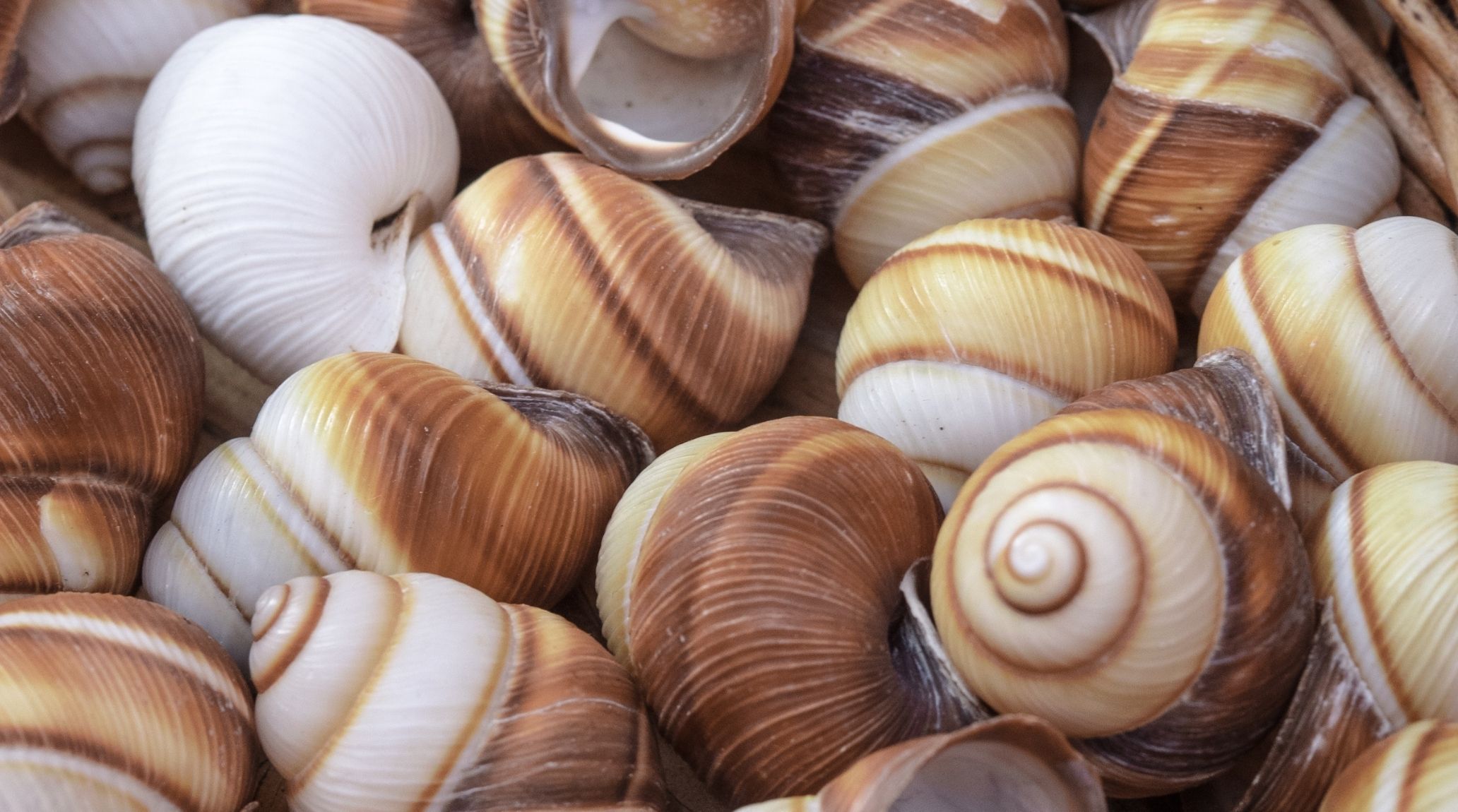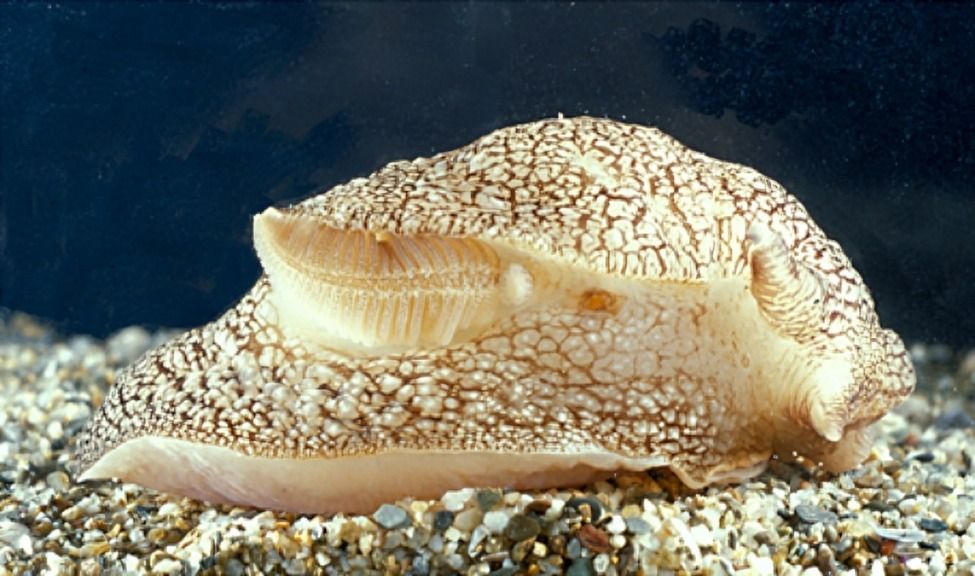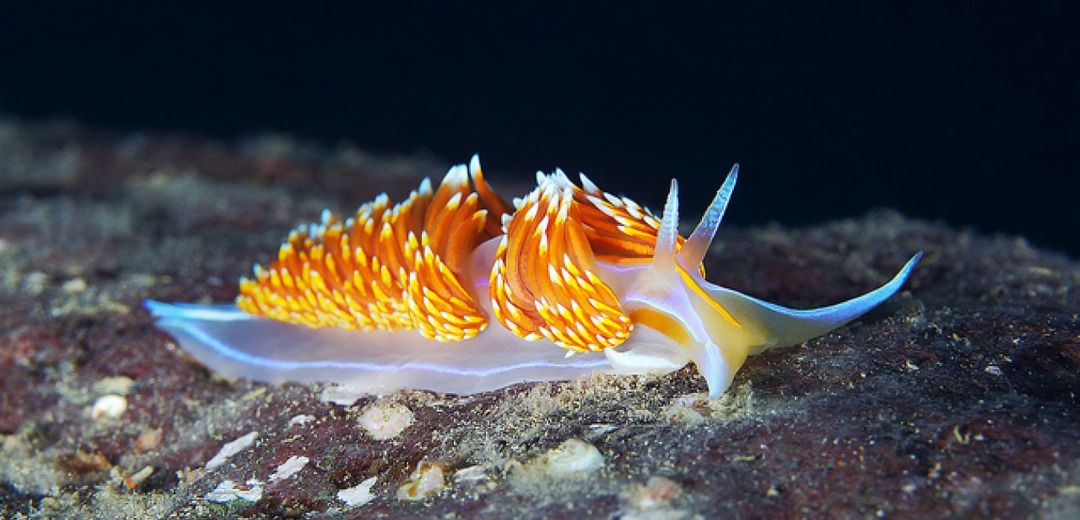
“
Mollusks, a diverse group of invertebrates, have evolved various respiratory systems to adapt to different environments. Some mollusks rely on gills to breathe underwater, while others have developed lungs to survive on land. This article presents 20 fascinating facts about the mollusk respiratory system. From how aquatic species use gills to how terrestrial mollusks have adapted lungs, this guide will give you insight into the unique ways mollusks exchange gases in diverse habitats.1
1
”
Molluscs have soft bodies protected by hard calcareous shells and primarily live in water. Aquatic molluscs use gills in their mantle cavity for respiration and filter feeding, while land molluscs possess pulmonary sacs for aerial respiration.1
Aquatic mollusks, such as clams and squids, typically breathe through gills. These specialized organs are located in the mantle cavity and are highly vascularized, allowing for efficient gas exchange. 2
The simplest respiratory system in molluscs is cutaneous respiration, which functions as a respiratory organ in some species when no specialized structures are present, like Entoconcha, Cenia, and Limapontids. 3
Terrestrial mollusks, like land snails and slugs, have adapted to breathing air using a lung-like structure called the pallial cavity. This cavity functions similarly to a lung, allowing for gas exchange with the surrounding air. 4
Many bivalves, such as oysters and mussels, use siphons to draw in and expel water, facilitating respiration. The inhalant siphon brings in water rich in oxygen, while the exhalant siphon expels deoxygenated water. 5

Mollusk gills, known as ctenidia, are feathery structures that increase surface area for gas exchange. Ctenidia can vary greatly in shape and size among different species, influencing their respiratory efficiency.
Terrestrial pulmonates lack a true ctenidium; instead, their mantle cavity transforms into a pulmonary sac or lung for aerial respiration. The ceiling of this pulmonary sac is rich in blood vessels, facilitating gas exchange.6
Mollusk gills often utilize a counter-current exchange mechanism to maximize oxygen absorption. As oxygen-rich water flows over the gills, blood in the gill filaments moves in the opposite direction. 7
Cephalopods, such as octopuses and squids, possess highly developed gills that allow for rapid respiration. Their gills are located within a mantle cavity, where water is forcibly expelled through a siphon. 8
The mantle is a key structure in mollusks, playing a crucial role in respiration. It can create a cavity that houses the gills or lung, facilitating gas exchange. In some species, the mantle can also assist in respiration by moving water across the gills.9
Some terrestrial mollusks, like certain slugs, have reduced or even absent gills. Instead, they rely solely on the pallial cavity for respiration, making adaptations to conserve moisture. 10
Mollusks often contain respiratory pigments, such as hemocyanin, to transport oxygen in their blood. Hemocyanin, found in many marine mollusks, contains copper, giving their blood a blue color. 11
The gills of mollusks are composed of highly vascularized tissue, which facilitates efficient gas exchange. This tissue is thin and allows oxygen to diffuse rapidly into the bloodstream. 12
Mollusks exhibit diverse respiratory strategies depending on their habitat. Aquatic species may rely heavily on gills, while terrestrial species often use lung-like structures. Environmental conditions also affect their respiratory habits. 13
In many mollusks, the mouth is located near the gills, facilitating efficient feeding and respiration. This anatomical arrangement allows them to capture food particles while simultaneously breathing. 14
Terrestrial pulmonates do not have a true ctenidium; instead, their mantle cavity evolves into a pulmonary sac or lung for breathing air. The ceiling of this sac is highly vascularized, enhancing gas exchange. 15

Nudibranchs, a type of sea slug, have unique respiratory adaptations, with gills often located on their backs. These external gills are exposed to water, allowing for efficient gas exchange.
The respiratory efficiency of mollusks can be significantly impacted by water quality. Polluted or low-oxygen environments can hinder their ability to extract sufficient oxygen. Many mollusks are sensitive to changes in their aquatic habitats. 16
In some species, particularly those that are small or have moist surfaces, integumentary respiration plays a role alongside gills or lungs. Oxygen can be absorbed directly through the skin or mantle surface, allowing for additional gas exchange. 17
The respiratory system of mollusks can also play a role in thermoregulation. For instance, aquatic mollusks may adjust their respiratory rates based on water temperature to optimize oxygen intake. 18


